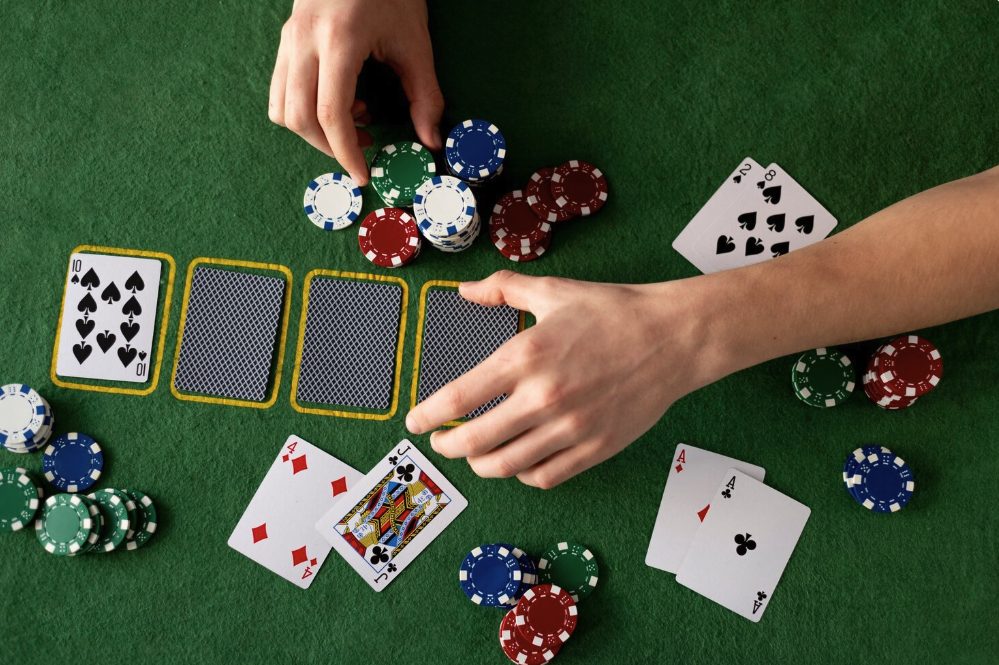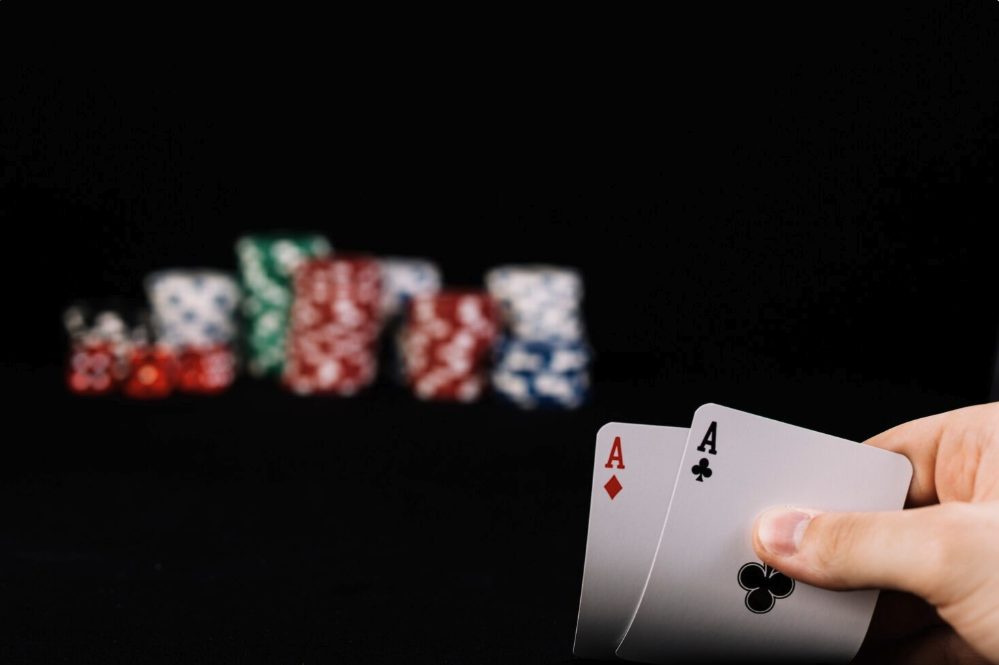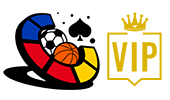5 Blackjack Hand Signals You Should Be Familiar With
When you play blackjack at a live table, understanding hand signals isn’t just polite—it’s essential. These non-verbal gestures help communicate your decisions clearly to the dealer and ensure the game moves smoothly without confusion.
Whether you’re playing in land-based casinos or exploring live dealer blackjack online, knowing the correct blackjack hand signals prevents mistakes and disputes.
Why Hand Signals Matter for Blackjack Players
In blackjack, communication between the player and game host is primarily non-verbal. Blackjack hand signals are used to indicate actions like hit, double down, or split. Since cameras monitor all tables, clear gestures are important to verify your decisions in case of disputes. Both the player and dealer benefit from these hand signals, which make every move visible and trackable.
Hand Gestures for Face-Up vs Face-Down Blackjack Games
Blackjack hand signals differ between face-up and face-down blackjack games. In most casinos, the cards are face up, meaning players shouldn’t touch their cards. However, in face-down versions, players handle their two initial cards and use different hand signals to communicate their moves.
Blackjack Hand Signals for Face Up Blackjack
In modern blackjack, especially in live dealer games or land-based casinos, cards are dealt face up. Players do not touch their cards at all. Here, all decisions are made using hand signals on the table. This system keeps the gaming experience consistent and transparent for both the player and game host.
Blackjack Hand Signals for Face Down Blackjack
In some traditional games, players receive their two cards face down after placing their initial bet. Here, hand gestures become more physical since you’re handling your cards and indicating your next move directly to the game host.
You may gently tap or slide your cards toward the dealer when you want another card. For a stand, you can tuck your cards under your bet line. Because security cameras record every move, hosts appreciate clear hand signals to confirm your intentions.
Common Live Blackjack Hand Signals and What They Mean

1. Hit
When you want one more card, gently tap the table or point with one finger (usually the index finger) toward your cards. This hand signal tells the host to draw your next card while keeping your initial bet in play. In face-up blackjack, you simply tap in front of your wager to request the next card.
2. Stand
If you’re satisfied with your total and don’t want another card, wave your hand horizontally over your cards with your palm facing down. Some players also point slightly toward their cards before making the gesture to make it clearer to the host. This non-verbal hand signal tells the host you’re standing.
3. Double Down
If your initial cards total 9, 10, or 11 and you want to double your original bet for an additional card, place an additional bet (extra chips) of the same amount beside your first stack and show one finger to the dealer. This clearly signals your decision to double down. The host will then deal you one additional card face up, completing the move.
4. Split
The split signal is one of the most recognizable hand signals. When you’re dealt a pair—two cards of the same value—you start with one hand, but you can split them into two separate hands. To do this, place an additional bet equal to your original bet next to your first one and show two fingers in a “V” shape. The host will then create two different hands and deal one card to each.
Splitting can double your chances of winning, but also doubles your risk since you now have two hands to play. Always remember that some casinos restrict which pairs can be split into two hands, so check with your host before doing this signal.
5. Surrender (if allowed)
In some casinos, you can forfeit half your bet if you think your hand won’t win. To do this, draw a horizontal line with one finger behind your bet or say “surrender” clearly. Note that not every casino allows this move.
Hand Signals for Online Blackjack/ Live Dealer Blackjack
In online blackjack, you won’t need to use physical hand signals—but the same gestures apply digitally. Instead of tapping the table or waving your hand, players click on-screen buttons that correspond to traditional blackjack hand signals.
The system instantly records your choice, just as security cameras do in land-based casinos. Online tables also follow strict timing and wagering—once you confirm an action, it’s final. The players’ and host’s actions are displayed clearly on-screen, ensuring transparency and smooth gameplay.
When playing a game with a live dealer, the setup closely mirrors real casino tables. You’ll see the cards face up and interact through an interface that lets you make the same game moves using clicks or taps. While you can’t use non-verbal gestures players rely on in physical casinos, the intent and sequence remain identical.
For players who enjoy realism, live dealer games combine the convenience of online play with authentic casino energy—cards are dealt in real time, and the host may still use blackjack hand gestures to indicate key actions.
Understanding how these correct hand signals translate to non-land-based games helps you play efficiently, avoid mistakes, and enjoy a seamless gaming experience.
Why Do Blackjack Dealers Wave Their Hands?
Dealers use specific hand signals for security and clarity. After completing each player’s turn, they’ll simply wave their hands over the table to show the cameras that no more actions are being made. When collecting losing bets or paying winners, this gesture ensures transparency for the player and casino staff.
Game hosts also do this gesture when closing the table or after finishing a round, indicating that no additional bets are being accepted. It’s part of maintaining order and trust during the game.
Final Thoughts on Blackjack Hand Signals

Understanding blackjack hand signals makes you a more confident and respectful player. Whether you’re sitting at a live table in a casino or joining a live session, correct gestures keep the game smooth and fair. They also prevent confusion between you, the host, and other players, ensuring everyone enjoys the experience.
By mastering these common hand signals, you’ll not only play more effectively but also enhance your overall experience—making every blackjack hand clear, accurate, and enjoyable.
Frequently Asked Questions
What Is the 1 3 2 6 Strategy in Blackjack?
The 1-3-2-6 betting strategy helps players manage their bets across four winning hands. You start with a one-unit bet (for example, one chip). If you win, your next bet is three units, followed by two, then six. After completing the cycle—or losing—you start again at one.
This approach helps control risk while maximizing potential returns during winning streaks. However, it’s important to remember that no betting system guarantees success; blackjack still depends on probability, timing, and strategy.
What Is the 17 Rule in Blackjack?
The “17 rule” refers to how dealers must act when their hand totals 17. Most casinos require the host to stand on all 17s, but some force them to hit on a “soft 17” (a hand containing an Ace counted as 11).
For example, a host holding Ace-6 has a soft 17. If the rules state the host must hit, it gives the casino a slightly higher edge. Always check the table mechanics before you start playing—it can influence your decisions on when to hit, stand, or double down.

Hristo (Christo to his friends) is a seasoned iGaming professional with 18 years experience building iGaming & Fintech products – Casino, Sportbook, Poker, Bingo, Social gaming and Fintech products gathered throughout his career in PokerStars, Winner.com, Playtech, Reflex Gaming. Strong knowledge and expertise in Marketing, Operations, Strategy building and business relationship management.








